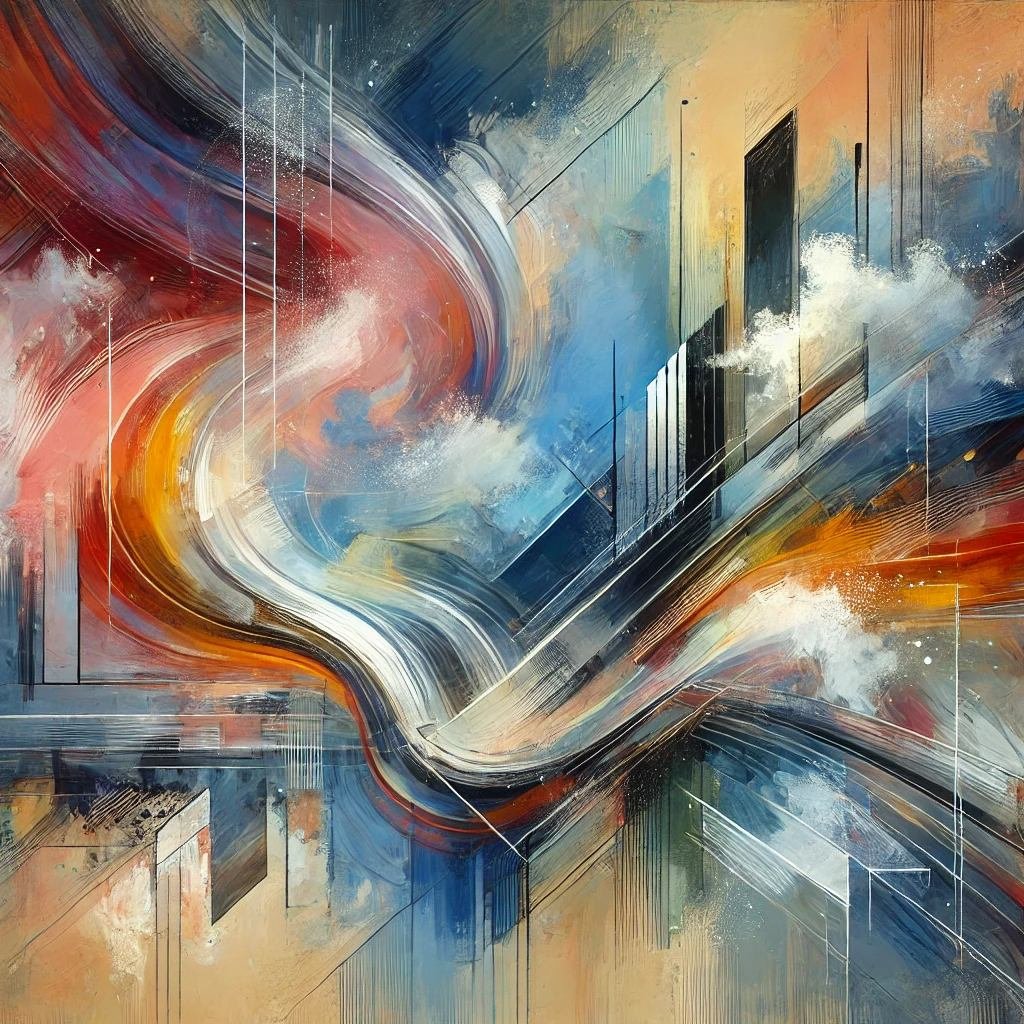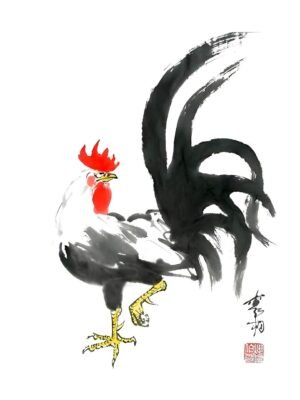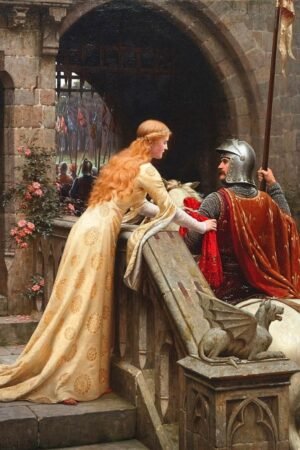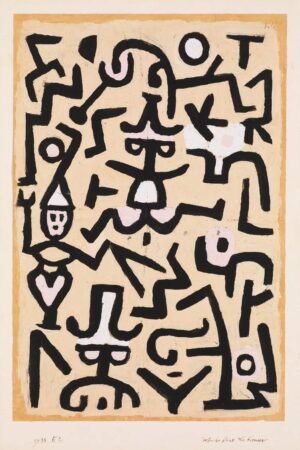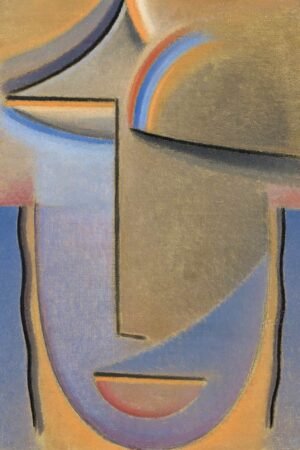Expressionist abstraction is an art movement that emerged in the mid-20th century in which the artist freely expresses feelings, thoughts or a mood. In this movement, artists often create non-figurative compositions and often emphasize color, line and texture. Expressionist abstraction developed as part of abstract expressionism art, especially after the Second World War.
In such works, there is usually no clear structure or subject matter; instead, a spontaneous and energetic style of expression prevails. Artists use broad brushstrokes, intense colors and different materials to create movement and dynamism on the canvas. Emotional intensity and individuality are at the forefront of these works. For example, Jackson Pollock’s drip technique is a unique example of this movement and directly reflects the movement and energy of the artist.
Another important feature is that randomness plays an important role in the process of artistic creation. Artists relinquish a degree of control and allow the materials to take shape on their own. This gives expressionist works of abstraction a unique dynamism and depth.
Such works invite the viewer to think and make their own emotional interpretations. For example, Mark Rothko’s canvases full of abstract color fields can evoke strong emotional responses in the viewer. Each viewer can derive their own meaning from these works and thus form a personal connection with the work.
Important Expressionist Abstraction Artists and Their Works
One of the first names that comes to mind when it comes to expressionist abstraction is Jackson Pollock. Pollock became an important representative of abstract expressionism with the dripping technique he developed in the 1940s. In this technique, he drips or splashes the paint directly onto the canvas without using a brush. Pollock’s method emphasizes the connection between art and the body by reflecting the movement and energy of the artist in his works. For example, “No. 5, 1948” is one of the best known examples of this technique.
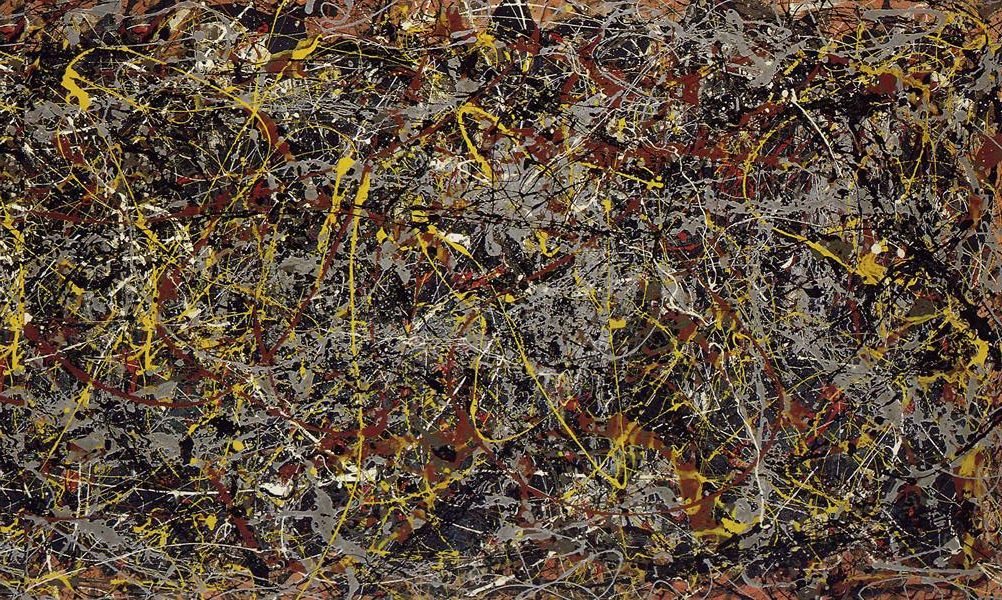
Mark Rothko is another important name of expressionist abstraction. Rothko’s works are characterized by large areas of color and horizontal blocks. Despite their minimalist appearance, these works take the viewer on a deep emotional journey. Works such as “Orange and Yellow” are works that affect the viewer’s mood and allow them to create personal meanings.
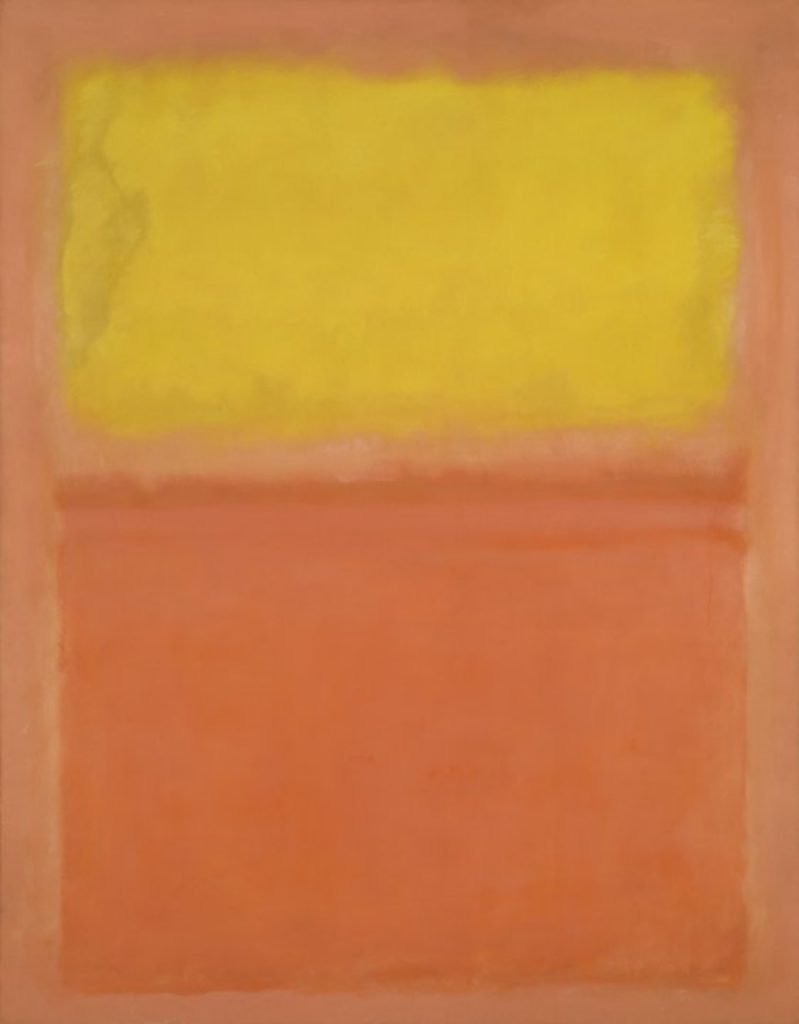
Willem de Kooning took this movement to a different dimension by combining both figurative and abstract elements. Especially his “Woman I” is a striking example of figurative abstraction. De Kooning’s energetic and layered brushstrokes emphasize the sense of movement in his works.
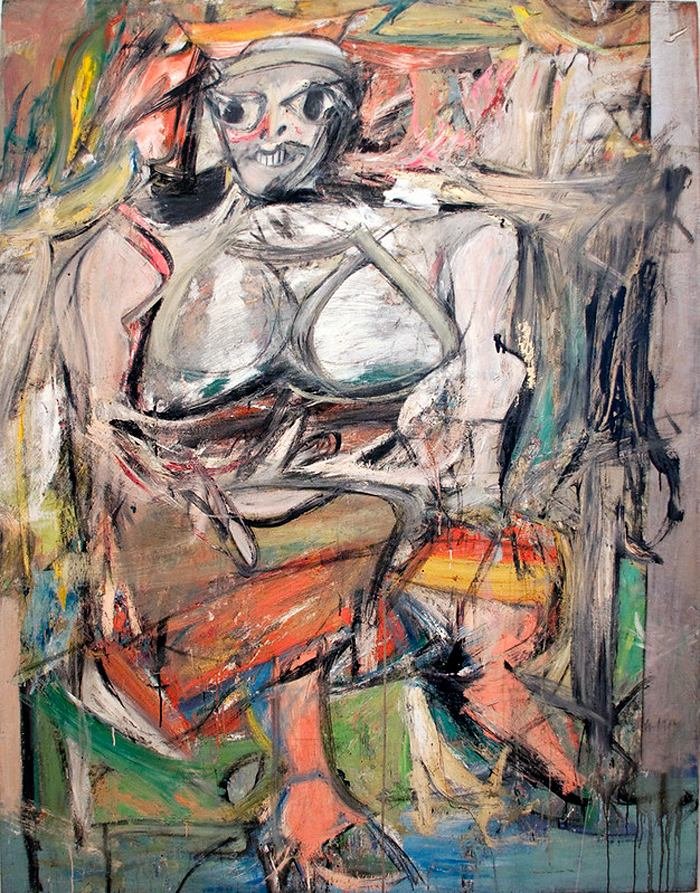
One of the most important representatives of Expressionist abstraction in Europe is Hans Hofmann. Hofmann is known for his work on color theory and three-dimensional illusions. In works such as “The Gate”, the harmony of colors and shapes reflects the artist’s deep technical knowledge.
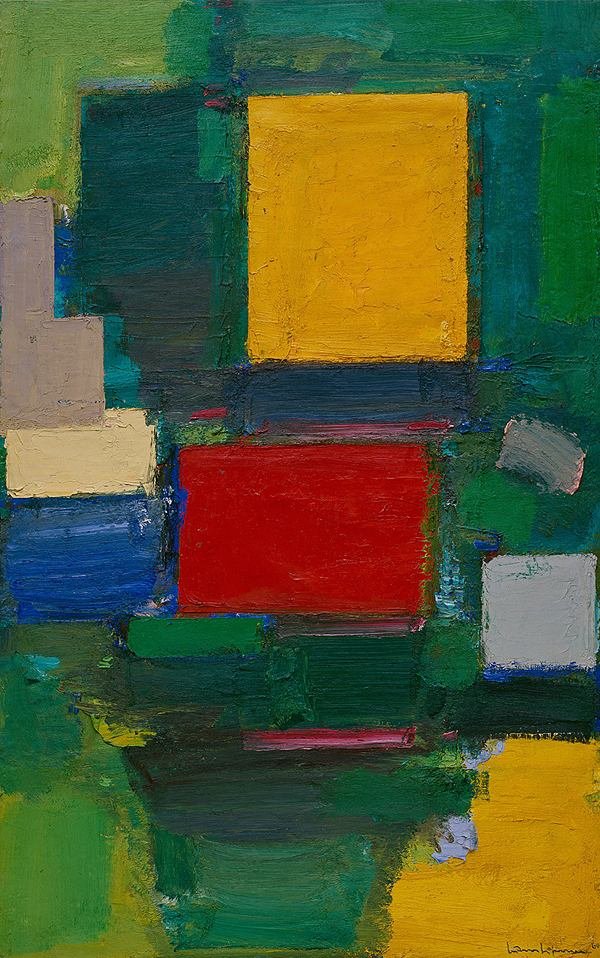
These artists expanded not only their individual styles, but also the boundaries of expressionist abstraction. Each of them expressed the emotional intensity and aesthetic diversity of this movement in different ways.
Expressionist Abstraction and Contemporary Art
Expressionist abstraction is a source of inspiration that continues to influence contemporary art today. The freedom, emotional intensity and experimental approach of this movement have found a place in the works of many contemporary artists. Today, artists reinterpret the basic principles of expressionist abstraction by combining them with digital technologies, new materials and interdisciplinary methods.
In contemporary art, the influence of expressionist abstraction is most visible in digital art and installation works. Artists create abstract compositions by freely manipulating colors and shapes with digital tools. For example, abstract works created with digital drawing programs revive Pollock’s drip technique in the digital world.
In installation art, the influence of this movement manifests itself in site-specific creations. Large-scale color fields and material experiments invite the viewer into not only a visual but also a physical and emotional experience. Such works carry Rothko’s aim of establishing an emotional connection with the viewer to a spatial dimension.
Expressionist abstraction is also influential in popular culture and design. In fashion, graphic design and interior decoration, the energetic and free aesthetic of this movement is often favored. In fashion design, for example, one can see clothes inspired by Rothko’s color fields or graphic patterns reflecting de Kooning’s chaotic style.
Expressionist abstraction has left an important legacy of freedom and creativity to the art world from past to present. This legacy continues to offer contemporary artists a wide range of expression, both technically and conceptually. In this context, this movement is not only a historical period, but also a living source of inspiration.
Discover Our Latest Art Prints
Explore the latest additions to our curated art collection, designed to inspire every room.
-

Chinese Rooster Art Print
Price range: 20,00 € through 119,00 € This product has multiple variants. The options may be chosen on the product page -

God Speed Art Print by Edmund Blair Leighton
Price range: 20,00 € through 178,00 € This product has multiple variants. The options may be chosen on the product page -

Paul Klee Comedians Handbill Abstract Art Print
Price range: 20,00 € through 178,00 € This product has multiple variants. The options may be chosen on the product page -

Abstract Head of woman, Evening Print Alexej von Jawlensky
Price range: 20,00 € through 178,00 € This product has multiple variants. The options may be chosen on the product page -

White Swan Floating on Dark Water Wall Art Print
Price range: 20,00 € through 178,00 € This product has multiple variants. The options may be chosen on the product page -

Black and White Sunflower Field Wall Art Print
Price range: 20,00 € through 178,00 € This product has multiple variants. The options may be chosen on the product page

